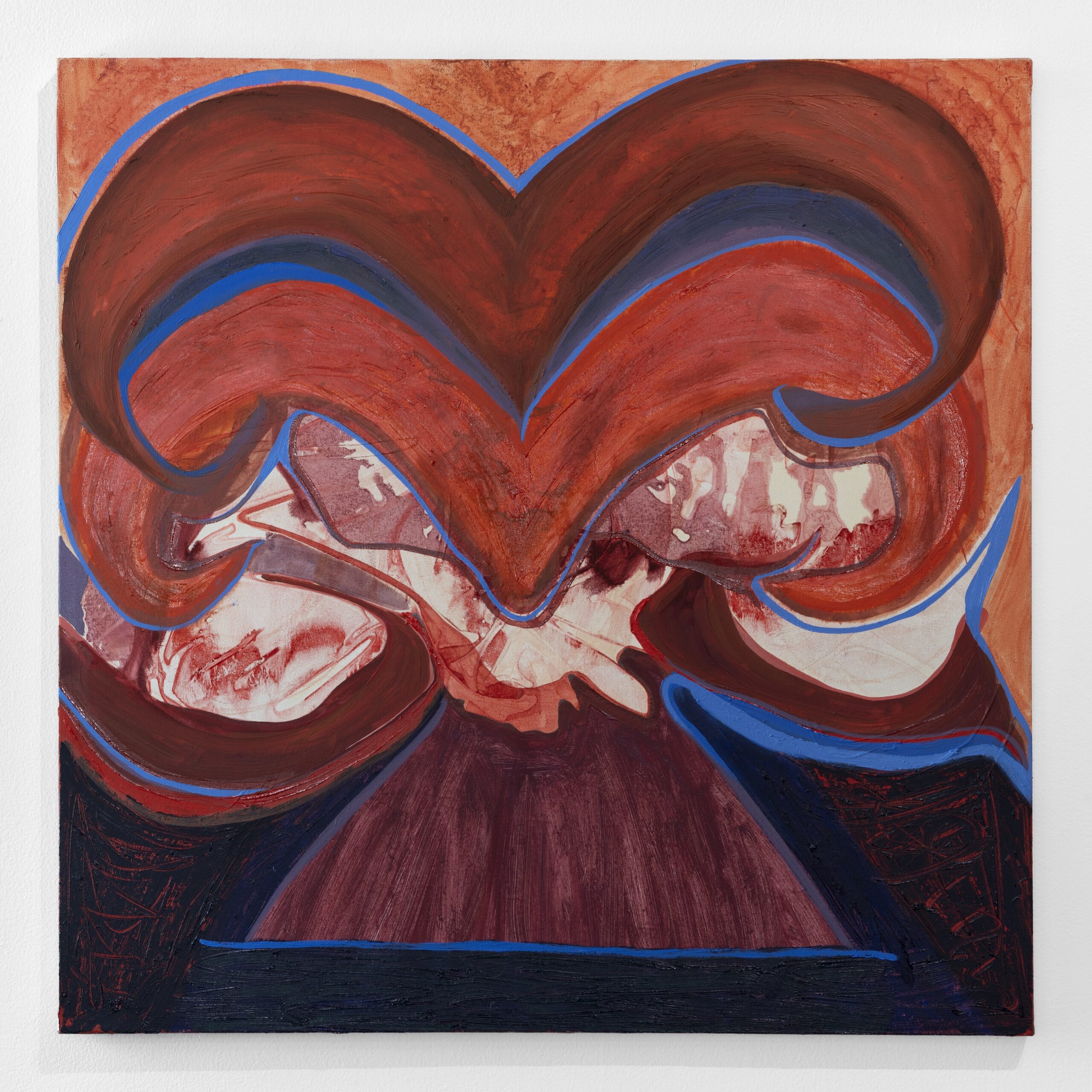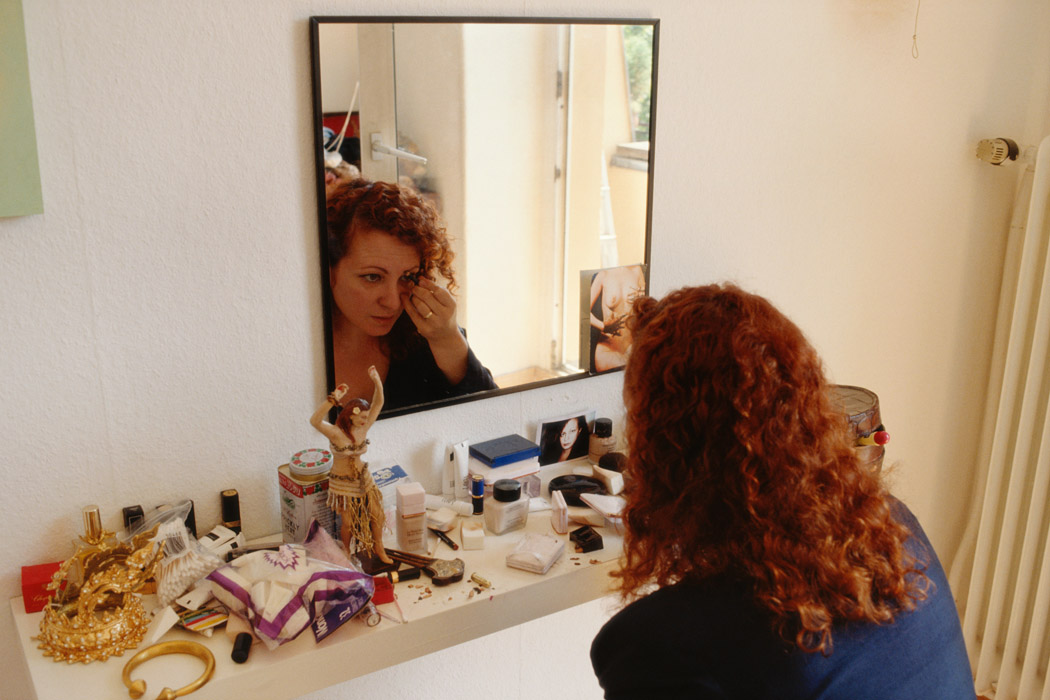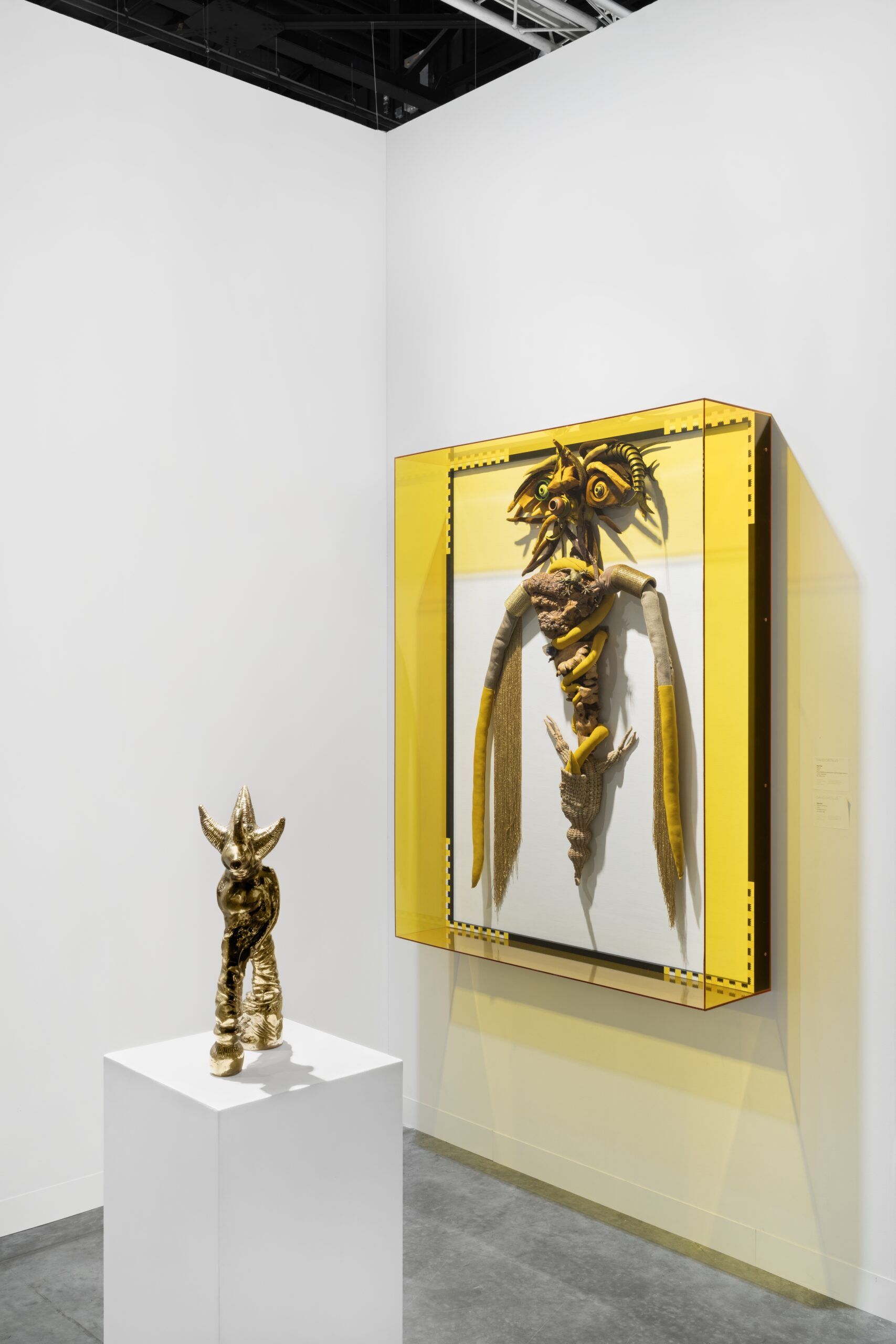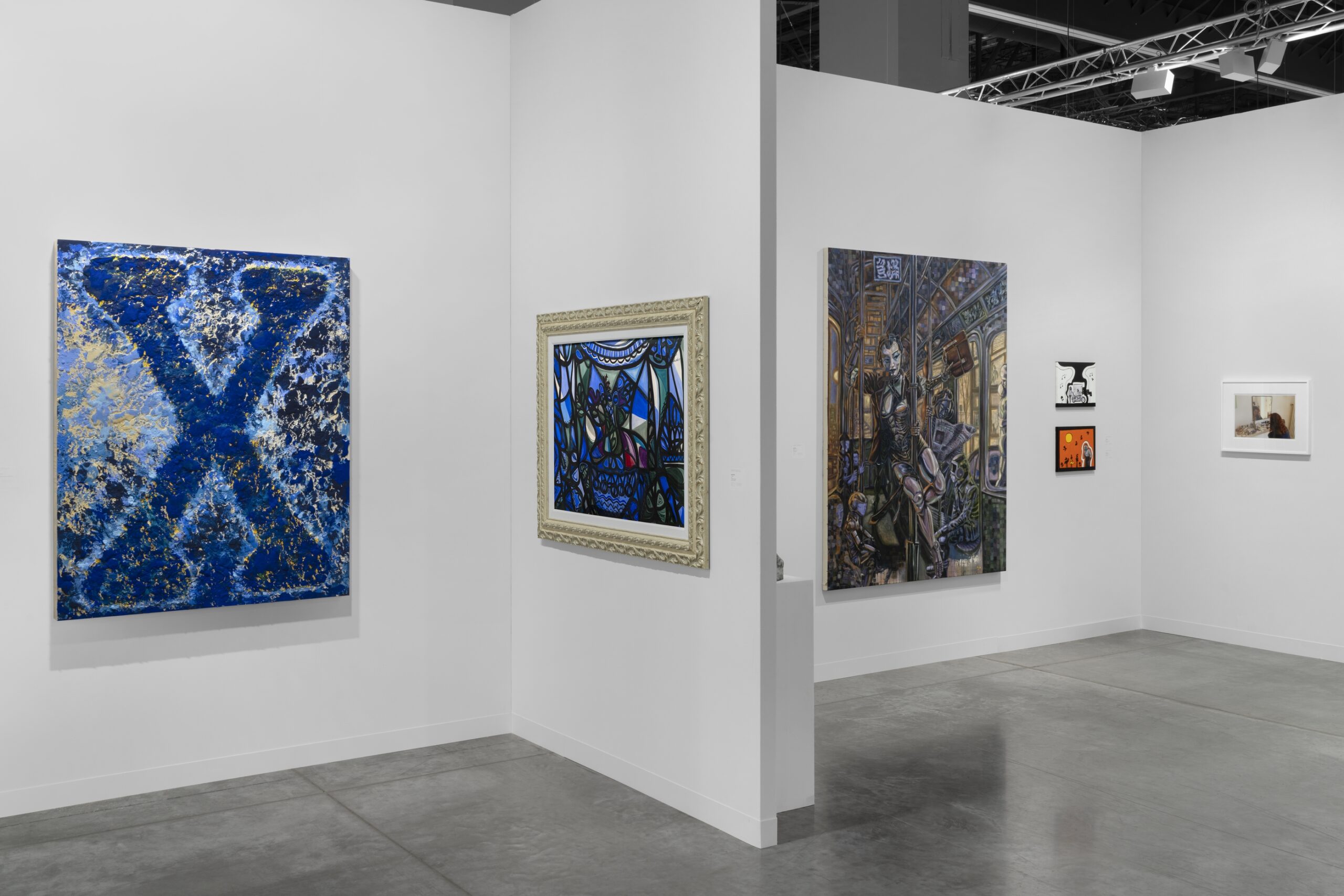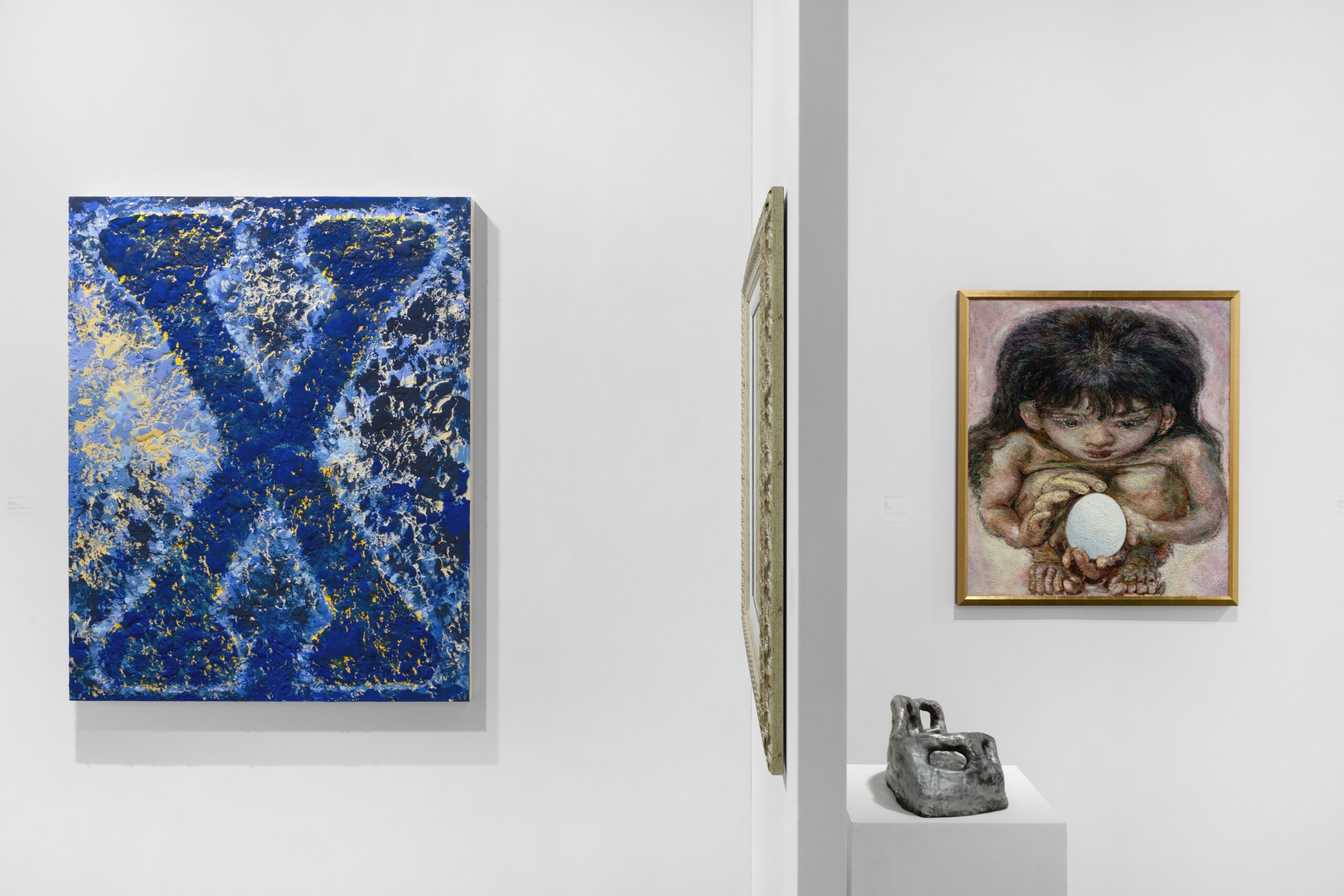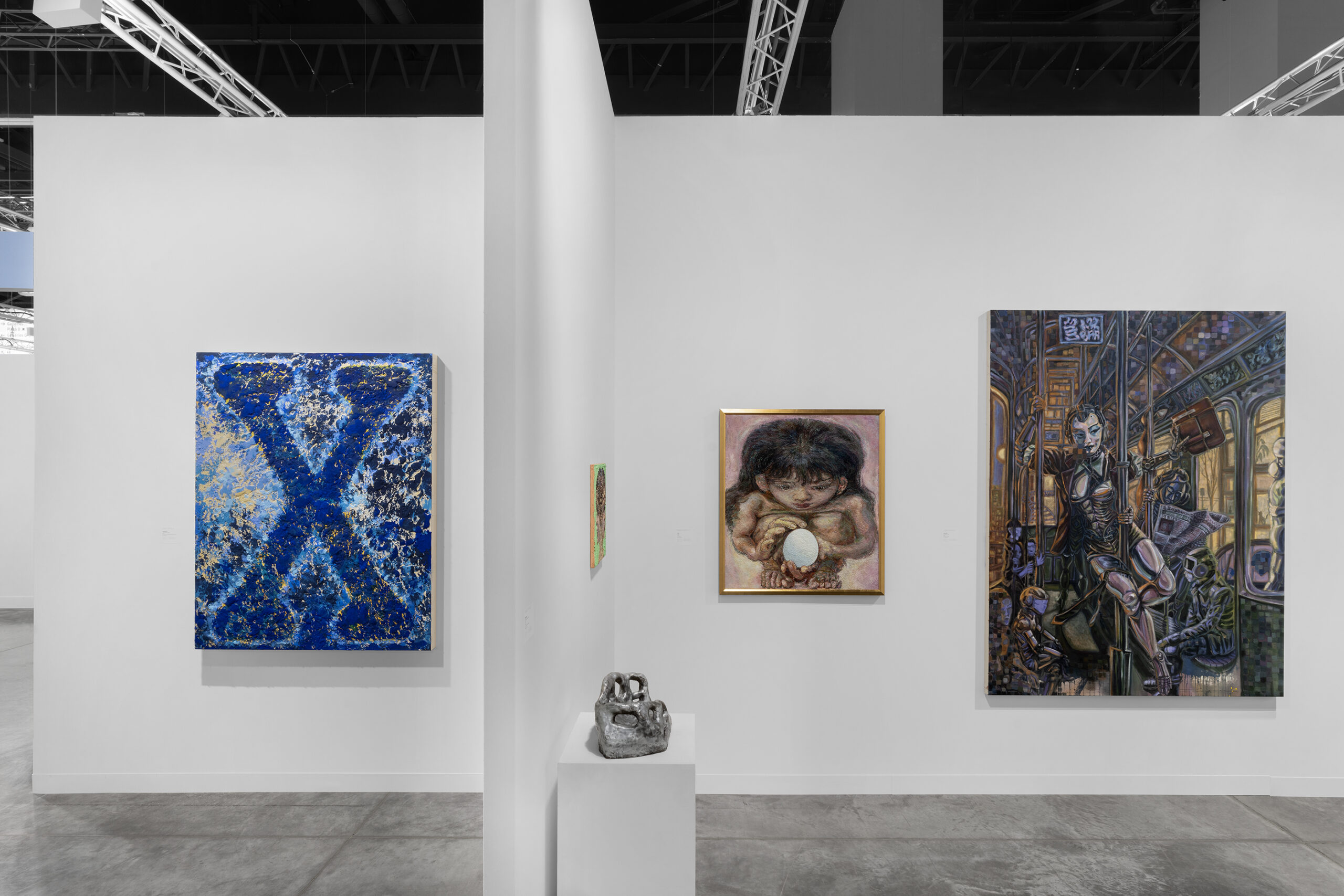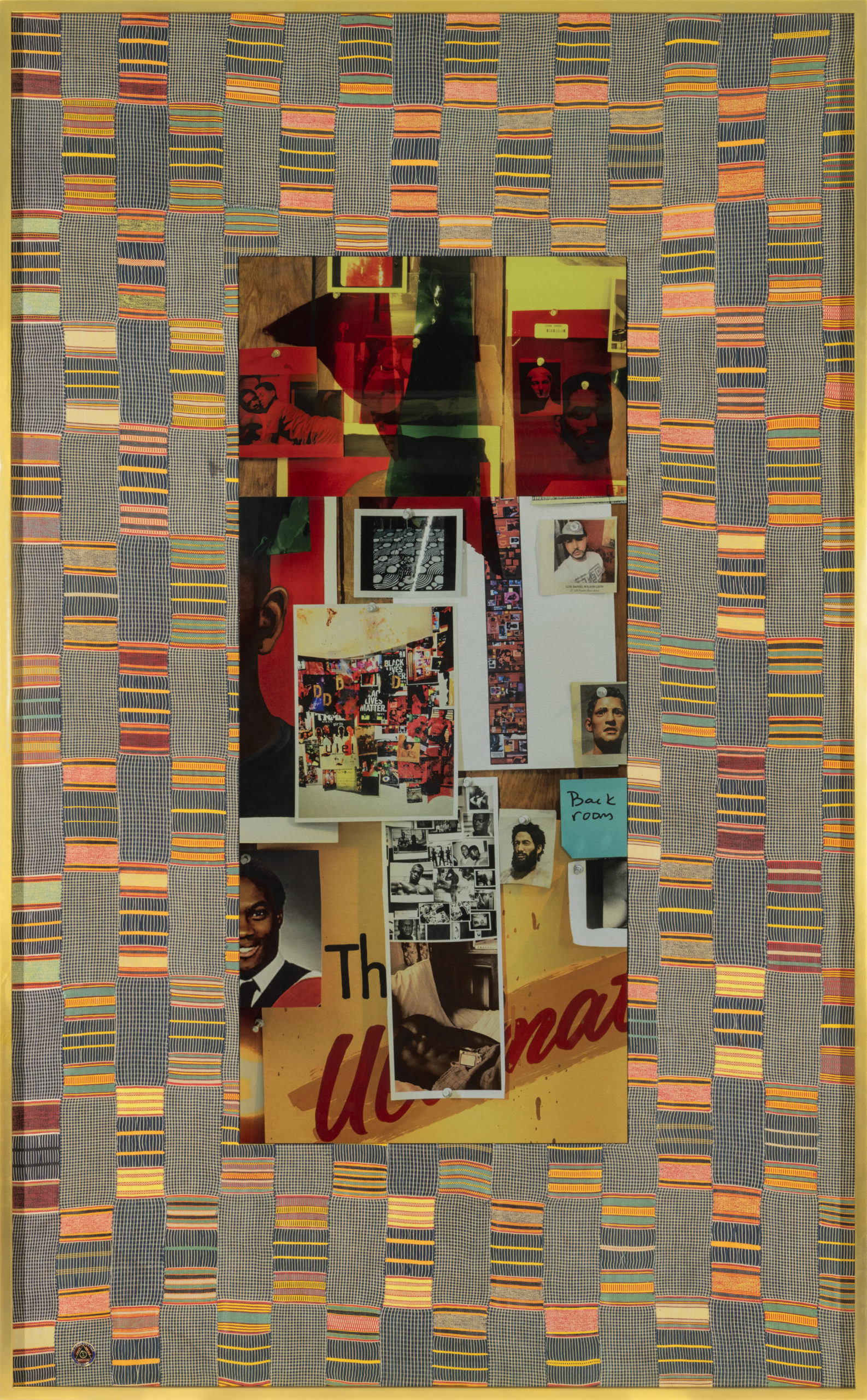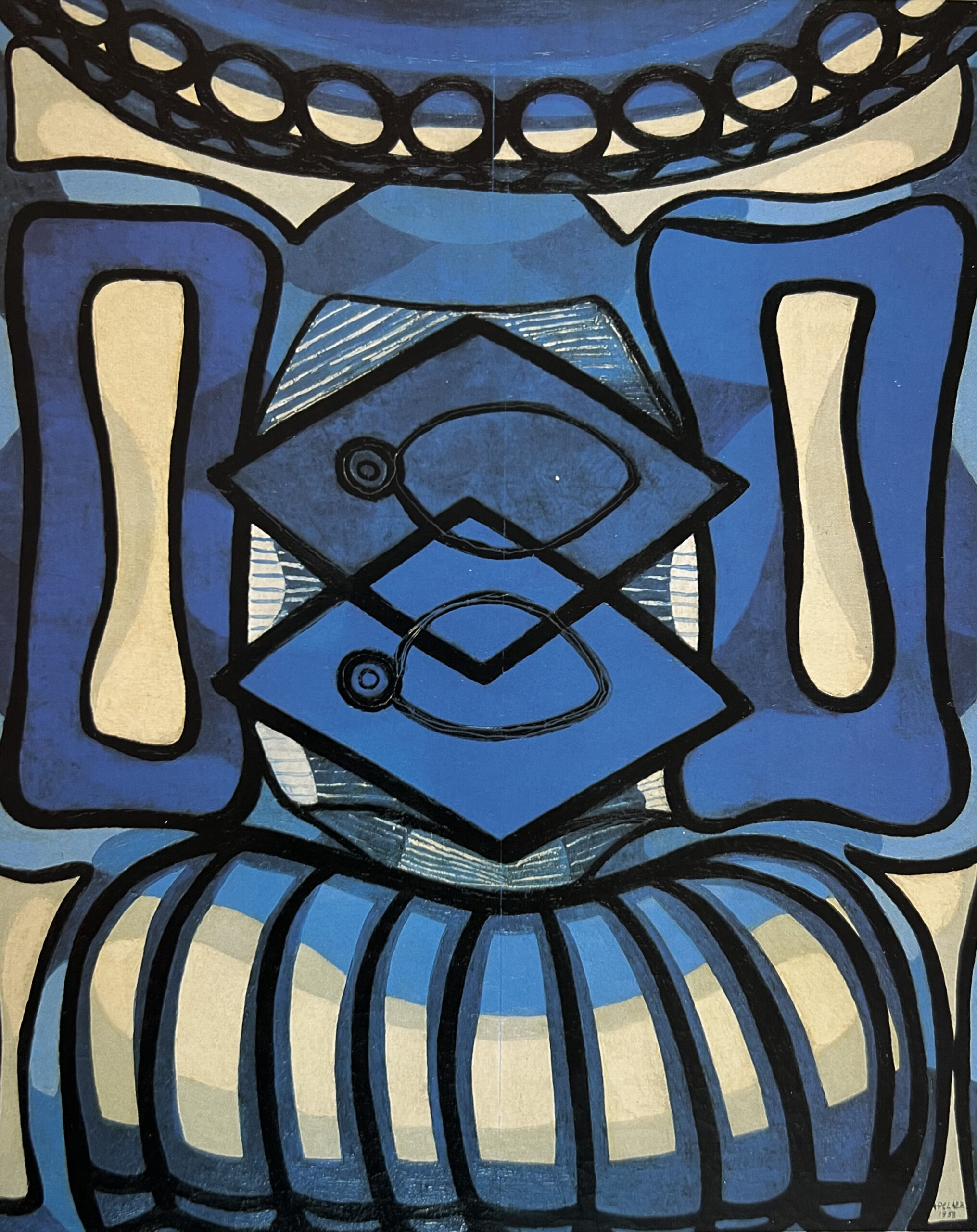Art Basel Miami Beach
December 6 - December 8, 2024
For Art Basel Miami Beach 2024, David Castillo (BOOTH E29) presents four thematic capsule exhibitions within its booth. Together, the exhibited works explore materiality, cultural narratives (Afro-Cuban; queer), and abstraction—a continuous thread—and offer a holistic view of the gallery’s singular commitment to the most prolific and relevant creators of our time. The artists featured are Belkis Ayón, Sanford Biggers, Adler Guerrier, Lyle Ashton Harris, Quisqueya Henriquez, Wifredo Lam, Kalup Linzy, Pepe Mar, Jillian Mayer, Glexis Novoa, Amelia Peláez, María de los Angeles Rodríguez Jiménez, Xaviera Simmons, Vaughn Spann, Nadir Souirgi, Su Su, Giancarlo Venturini, and Yesiyu Zhao: a roster of visionaries who’ve long addressed pressing questions about authenticity and cultural history, often through expressionism and surrealism.
With the gallery entering its 20th year, these works are more urgently in communication with each other and with the world around us. It is not simply that times have changed, as the old adage goes. Time itself feels newly unknowable and contradictory: accelerated but strangely familiar, eerily reminiscent of eras past even as it plows forward. We are in flux, and while the individual preoccupations and perspectives shared here are kaleidoscopic, each illustrate this moment’s simultaneous mercuriality and recognizability. It’s fitting, then, to begin with Pepe Mar in the first capsule, a section highlighting materiality and its inherent subtext. A small bronze Paprika—Paprika de Bronze (2024)—renders in a storied metal Mar’s extraterrestrial, genderless alter-ego, transforming them into a kind of relic or monument. The countless details and textures comprising Mar’s other assemblages carry their own stories; Alacrán (2024) takes its leather from beloved thrift shops and its wood from an encounter with the littoral sands of Florida’s Gulf Coast. Lo-Fi (2024), a new tapestry by the polymathic Sanford Biggers, was crafted at Gobelinos, a tapestry workshop in Guadalajara, Mexico. For this work, Biggers, who has an extensive history of working with antique quilts and the legacies they preserve, now delves into a different material tradition—one rooted in the centuries-long history of Jalisco’s handcrafts (Biggers, in 2022, completed a residency at Cerámica Suro in Guadalajara).
The second capsule moves from materiality into ideas about cultural narratives and abstraction. Here, you’ll find Su Su’s Janus (2024), the painter’s own feminine take on the two-faced god—one visage bright-eyed and smiling, the other sullen and posturing for absolutely no one, oil paintings on silk. Su Su’s surreal-real figures are irreverently girlish, but a viewer’s gaze—male or otherwise—is of no interest to them. Their sensuality, tenderness, and wonder are theirs, and theirs alone, a description that equally suits Lyle Ashton’s Harris delicate, intimate portrait of Nan Goldin at her vanity—Nan, Berlin, 1992 (2015). Also included are mixed media works by Kalup Linzy, the artist presenting themselves in various iterations of their female characters, all of whom ultimately subvert the archetypes Linzy enacts so lovingly.
The central figure becomes more abstract in capsule three, where historical icons and emerging artists coalesce. Here, the gallery pays homage to Afro-Cuban narratives, exhibiting the seminal artist Wifredo Lam’s dreamlike combination of Surrealism, Cubism, and Afro-Caribbean cosmology in Woman with Fan (1942), featuring a female figure (an homage to Pablo Picasso’s Woman with Fan (1908), while Belkis Ayón’s collagraph Aunque vayamos al cielo siempre se acordarán de nosotros (1990) is a signature work, referencing the guises of Abakuá, a Cuban religious fraternity. Here, the body is feminine, and she sits on a goat, a creature so endemic to ritual; the work’s title translates to “even if we go to heaven, they will always remember us,” an unwitting tribute to the late Ayón herself. How perfect, how consonant to also find in the same space on-the-rise artists, like the painter Giancarlo Venturini, something of a surrealist himself (he has described his own whimsical landscapes as “devotional letters and allegories of love”)—and whose queer narratives are echoed across the entire exhibition.
Given the booth’s layout, the last capsule is where you might begin, and that’s appropriate: its theme is abstraction, an ongoing motif in the gallery’s history. Featured here is the groundbreaking painter Amelia Peláez—like Lam, a key figure of the Cuban Vanguard movement. Her work often recalled Cuban domestic spaces as well as Paris: Untitled (1955) evokes stained glass, flowers, and the comforts of home, though it’s ethereal, abstract, and ocean-blue is enough to seem otherworldly, even uncanny. Abstraction layered throughout the booth includes works by Nadir Souirgi, who draws from manifold aesthetic histories (from punk music and branding to abstraction and figurative depictions of nature) to create remarkable, layered investigations into the nature of artmaking itself. Vaughn Spann has described his own multidisciplinary practice as “oscillating between figuration and abstraction,” a combination he employs to poignant, critical effect. In Dakota (Marked Man) (2024), the large painted “X” is a stand-in for a body, seemingly reduced to a symbol—though in Spann’s hands, the figure is truthfully revered, larger-than-life.
A central theme in all the capsules is the aforesaid relationship between old and new, between icons and innovators. History and time repeat themselves; then, they’re retold and reborn. There are many decades contained in the gallery’s twenty years—both a milestone and, of course, a new beginning.



